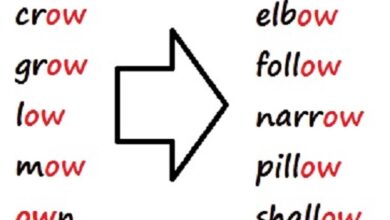Difference Between Pitch and Intonation with falling rising and partial
Difference Between Pitch and Intonation
In the below details of the articles we will impart you the difference between Pitch and Intonation.
Pitch
Pitch is the degree of highness or lowness of a tone. It is governed by the rate of vibrations producing it. While high pitch has a high frequency, a low pitch has a low frequency. Frequency indicates how often vibrations occur. In music, pitch describes how high or low a note is. Pitch is also a major auditory element in musical tones, along with timbre, duration, and loudness. However, the pitch can be determined only if the sounds have a frequency that is clear and stable enough to differentiate from noise. A note that vibrates at 261 Hz indicates that sound waves vibrate at 261 times a second. This is the Middle C on the piano. In this article we will provide you the difference Between Pitch and Intonation.
In spoken language, pitch indicates the degree of highness or lowness with which one speaks. Some people naturally speak in a high-pitched voice. Emotions can also affect the pitch of someone’s voice. For instance, sudden emotions like anger, surprise or joy can make a person speak in a higher pitch than usual. Likewise, a tired person may speak in a lower pitch.
Intonation
Intonation is the variation of pitch in the spoken language. It indicates people’s emotions and attitudes, help to determine the difference between statements and questions and sometimes highlight the importance of the verbal message we’re giving out. The English language has three basic intonation patterns as falling intonation, rising intonation, and partial/fall-rise intonation.
Falling intonation
Falling intonation describes how a person’s voice falls on the final stressed syllable of a phrase or a group of words. It can express a complete, definite thought, and ask wh-questions.
- “Where are you going?”
- “I got a new job.”
Rising intonation
Rising intonation describes how our voice rises at the end of a sentence. This is common in yes-no questions or in expressing surprise.
- “Is she the new teacher?”
- “Are you hungry?”
Partial Intonation
Partial Intonation describes how voice rises then falls. We use this intonation when we are not sure about something, or when we have more to add to a sentence. We can also use this intonation pattern to ask questions since it sounds more polite.
- “Would you like another cup of tea?”
- “I would like to help you, but…”
Major Differences
Definition
Pitch is the degree of highness or lowness of a tone or voice while intonation is the variation of the pitch in the spoken language.
Types
There are two main types of pitch as high pitch and low pitch whereas there are three types of intonations as falling intonation, rising intonation, and partial/fall-rise intonation.
Conclusion
Pitch and intonation are two terms that describe music and voice. The main difference between pitch and intonation is that pitch is the degree of highness or lowness of a tone or voice while intonation is the variation of pitch in the spoken language.


